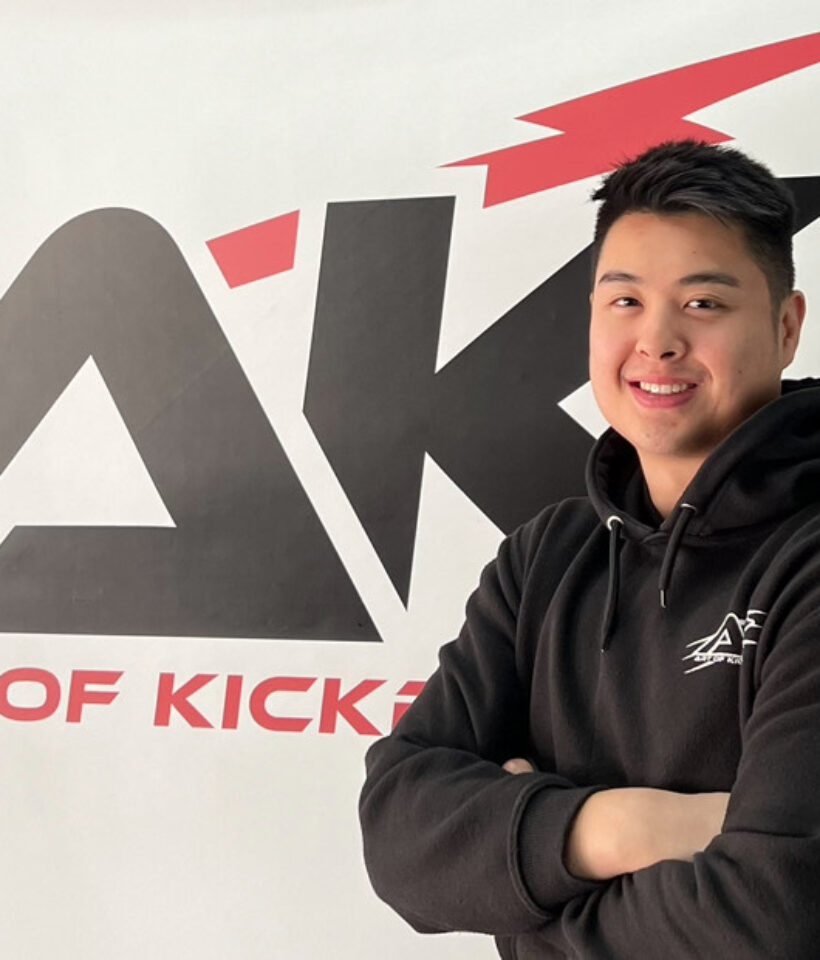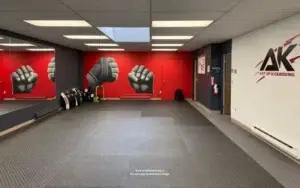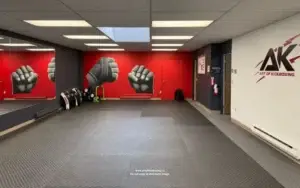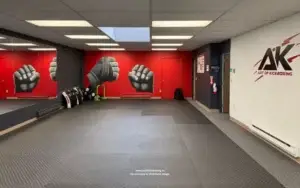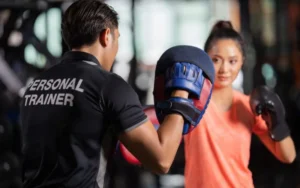Jiu-Jitsu classes are like a mix of intense wrestling and human chess on the ground. Jiu-Jitsu classes teach the ancient martial art of Jiu-Jitsu which has roots in Japan. This Japanese originating martial arts has evolved into various forms over the years, most notably into modern day’s Japanese Jiu-Jitsu, Brazilian Jiu-Jitsu (BJJ), and No-Gi Jiu-Jitsu. Each style offers a unique approach to self-defense and physical conditioning, attracting a diverse range of practitioners from the casual enthusiast to the serious competitor.
What to Expect from a Typical Jiu-Jitsu Class
A typical class in any Jiu-Jitsu school involves several components:
- Warm-up: This includes cardiovascular exercises and specific movements like hip escapes and basic positions fundamental to Jiu-Jitsu.
- Technique Instruction: The instructor demonstrates techniques, often including basic movements for beginners and more complex chains for advanced students.
- Drilling: Students practice the demonstrated techniques, usually with training partners, to understand the mechanics and effectiveness of each move.
- Sparring (Rolling): An essential aspect of Jiu-Jitsu, sparring allows students to test their skills in a controlled environment. This often includes positional sparring to focus on specific scenarios.
RELATED: How Much Are Kickboxing Classes?
How Do Jiu-Jitsu Classes Work?
Jiu-Jitsu classes are typically divided based on skill levels – from white belt to black belt. Beginner classes focus on basic technique and fundamental positions, while advanced classes delve into complex technique chains and strategy. Many schools also offer specialized classes, like self-defense classes, competition classes, or all-levels classes that cater to a broader range of students.
Regardless of the class type, the emphasis is always on learning through doing. This hands-on approach helps students develop not just physical skills but also problem-solving skills and mental fortitude.
Types of Jiu-Jitsu Classes (Japanese Jiu-Jitsu, BJJ, No-Gi Jiu-Jitsu)
Jiu-Jitsu, a martial art with deep historical roots and varied styles, offers practitioners diverse training experiences, each focusing on unique aspects of combat and self-defense. Traditional Japanese Jiu-Jitsu, the popular Brazilian Jiu-Jitsu (BJJ), and the dynamic No-Gi Jiu-Jitsu, are distinctively different styles of jiu-jitsu and present their own challenges and rewards.
Understanding these types helps enthusiasts choose the right path in their martial arts journey, whether for self-defense, competition, or personal development. Here, we delve into three main types of Jiu-Jitsu classes, exploring their distinctive features and training methodologies.
Japanese Jiu-Jitsu
Originating from the Samurai, Japanese Jiu-Jitsu focuses on throws, joint locks, and striking techniques. It’s a comprehensive martial art that teaches self-defense in various scenarios, including armed attacks. Classes often cover a variety of techniques, from dominant positions like the closed guard to advanced training in both standing and ground fighting.
Brazilian Jiu-Jitsu
BJJ, a derivative of Japanese Jiu-Jitsu, emphasizes ground fighting and submission holds. It’s known for its effectiveness in mixed martial arts (MMA) and self-defense. The art promotes the concept that a smaller, weaker person can successfully defend against a bigger, stronger assailant using leverage and proper technique. Brazilian Jiu-Jitsu classes typically involve sparring sessions and positional training, helping students progress through colored belts, from white to black.
No-Gi Jiu-Jitsu
No-Gi Jiu-Jitsu is similar to BJJ but practiced without the traditional Gi (uniform). This style often includes a rash guard and board shorts, focusing on grips and maneuvers that don’t rely on the Gi’s fabric, such as belt loops or baggy fabric. The absence of a Gi changes the dynamics of the training session, with techniques like the naked choke and triangle choke being more prevalent due to the lack of fabric grips.
Each type of Jiu-Jitsu class offers a unique approach to martial arts training, catering to different interests and goals. Whether you’re looking for traditional martial arts training, competitive grappling, or practical self-defense skills, there’s a Jiu-Jitsu class that fits your needs.
RELATED: What Are Kickboxing Classes Like?
How To Prepare For the First Jiu-Jitsu Class
For your first class, it’s important to:
- Choose a Jiu-Jitsu training school or gym that aligns with your goals, whether it’s self-defense, competition, or fitness.
- Wear appropriate attire. A Jiu-Jitsu Gi is usually required for Gi classes, while a rash guard and board shorts are suitable for No-Gi classes.
- Bring necessary protective gear like ear or groin guards.
- Be prepared to learn and practice with fellow students of various belt ranks, from white to upper belts like blue, brown, and black.
- Understand the basic rules and etiquette of the class, such as the importance of hygiene (like showering before class and using deodorant) and respect towards training partners and instructors.
MMA Classes Available in Richmond, BC | Metro Vancouver
In Jiu-Jitsu, the journey from a white belt to a black belt is about learning techniques and continual growth, both physical and mental. At Art of Kickboxing, our MMA classes teach the fundamentals of Jiu-Jitsu. Regular students often talk about the ‘amazing feeling’ they get from training, a mix of physical benefits like muscle growth and cardiovascular ability, and mental benefits like increased attention skills and mental fortitude.
MMA classes offer a unique blend of physical training, skill development, and mental conditioning. Whether you’re attending a trial class or committed to continued training, the world of MMA offers a rewarding path for the average person looking to explore martial arts.
Ready to learn Jiu-Jitsu? Join us at Art of Kickboxing in Richmond, BC, Metro Vancouver, where we offer beginner-friendly MMA classes which teach fundamentals of Brazilian Jiu-Jitsu. We offer a welcoming environment where you can learn, grow, and become part of our martial arts family. Whether for fitness, self-defense, or as a new hobby, we’re here to guide you every step of the way.
Sign up today and start your path in the exciting world of Jiu-Jitsu!


